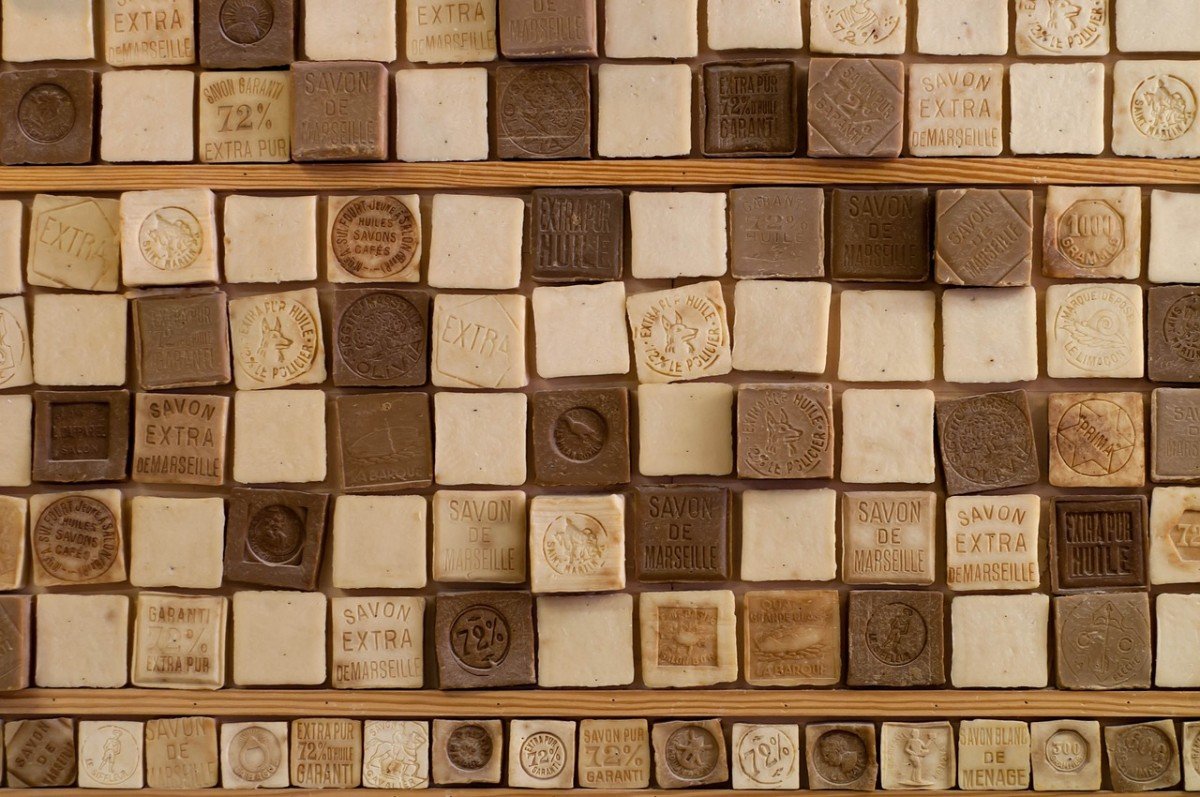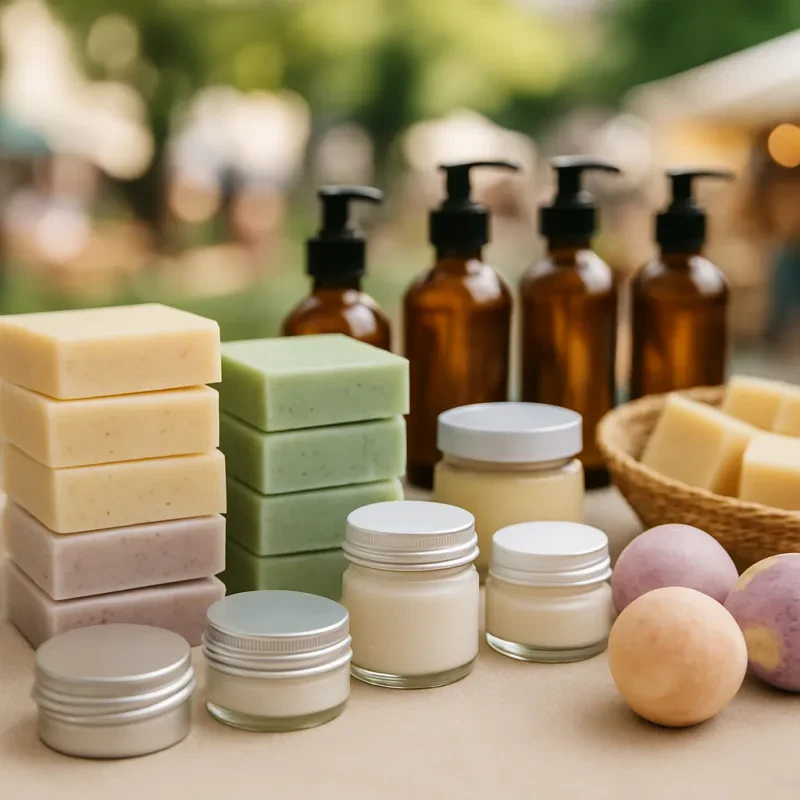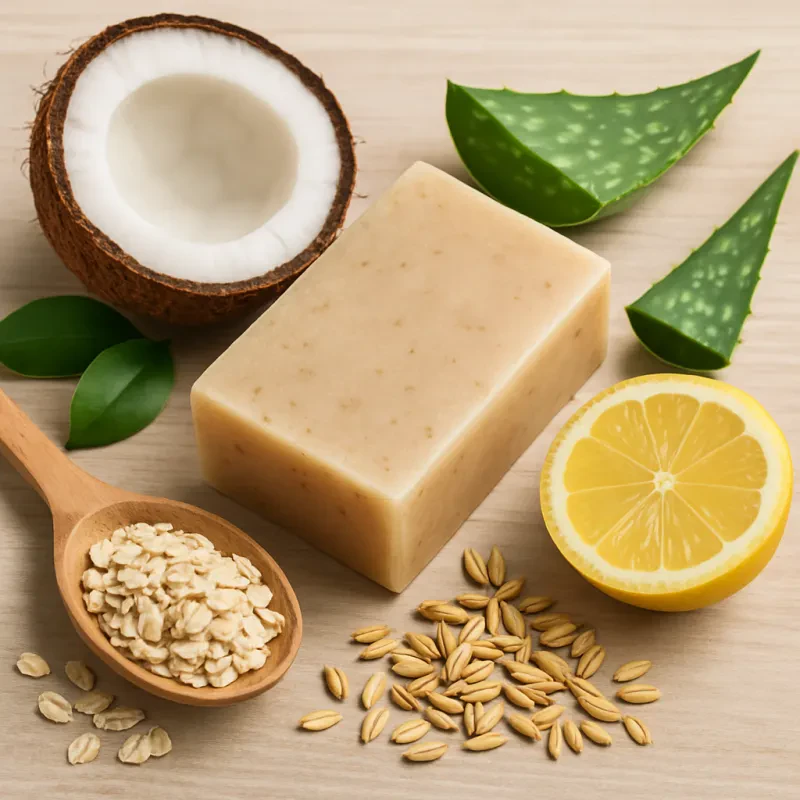Is the Handmade Soaping Business Saturated?
The handmade soap business has experienced a significant surge in popularity over the last decade, fueled by consumer demand for natural, artisanal, and eco-friendly products. As more people turn to small-batch, sustainable, and chemical-free alternatives to mass-produced soaps, many aspiring entrepreneurs are asking the question: *Is the handmade soaping business saturated?*
While it's true that the market has become more competitive, labeling the handmade soap industry as "saturated" is not entirely accurate. The truth lies somewhere in between. There are both challenges and opportunities for new entrants into the market, depending on their approach and understanding of the evolving trends in consumer preferences.
The Growing Popularity of Handmade Soaps
The handmade soap market has experienced steady growth, and it’s easy to see why. In an age where consumers are becoming more conscious of what they put on their skin and the environmental impact of their purchases, handmade soaps offer a refreshing alternative to mass-produced options filled with synthetic chemicals, preservatives, and fragrances. Key trends driving the demand for handmade soaps include:
Natural and organic ingredients: Many consumers now prioritize personal care products made with plant-based oils, herbs, and essential oils.
Sustainability: Eco-conscious buyers prefer handmade soaps because they tend to use minimal and recyclable packaging, reducing waste.
Cruelty-free and ethical production: A large portion of the market is looking for products that are not tested on animals and are made with ethically sourced materials.
Customization and personalization: Handcrafted soaps offer unique scents, colors, and ingredients that mass-produced brands cannot replicate.
Despite the growing demand, there’s a common misconception that the market is already saturated. However, the handmade soap industry is nuanced, and while there is competition, it is not necessarily oversaturated. Here's why:
1. Niche Markets and Specialization
The handmade soap industry is diverse, with numerous niches that offer opportunities for differentiation. While it may seem like there are countless soap makers out there, the reality is that successful handmade soap brands often focus on specific customer segments or unique selling propositions (USPs) to stand out.
For instance, some businesses carve out niches by offering:
Vegan or cruelty-free soaps: A focus on ethical products that appeal to eco-conscious consumers.
Therapeutic soaps: Handmade soaps made with essential oils known for their skin benefits (like tea tree oil for acne, lavender for relaxation, or chamomile for soothing skin irritation).
Allergen-free products: Soaps formulated for sensitive skin, free of common allergens like gluten, nuts, or dairy.
Local ingredients: Using locally sourced herbs, flowers, and oils that resonate with regional consumers.
Artisanal or luxury soaps: Focus on premium products with high-quality ingredients and luxury packaging that appeal to affluent consumers.
By targeting specific customer needs, soap makers can successfully carve out a niche, even in a competitive marketplace. Rather than trying to compete with every soap maker, the key is to be specific and offer something unique.
2. The Demand for Customization and Personalization
In the age of personalized products, customization is a growing trend in the handmade soap industry. Consumers are increasingly interested in bespoke options—soaps made to their specific preferences, whether it’s a custom scent, color, or ingredient combination.
Some soap makers have embraced this trend by offering custom soap bars or designing soaps for special events, such as weddings or corporate gifts. This level of personalization adds a premium touch that mass-produced soaps can’t replicate, allowing small businesses to tap into high-end or niche markets where differentiation is key.
As customers look for unique, one-of-a-kind products, soap makers who focus on customization have an edge in standing out from the crowd.
3. Growing Consumer Interest in Eco-Friendly Products
The handmade soap market has been buoyed by the increasing demand for sustainable, natural, and cruelty-free products. Consumers are increasingly turning away from big brands due to concerns about the environment, animal testing, and harmful chemicals used in commercial skincare products. These trends are expected to continue growing, and while competition in the handmade soap market may increase, the demand for ethically produced goods is still on the rise.
There is also a growing awareness of plastic waste, with many consumers preferring handmade soaps that come with minimal packaging or packaging made from recyclable or biodegradable materials. Brands that align with these environmental values will likely have a competitive advantage, especially as sustainability becomes a higher priority for younger generations of consumers.
4. The Role of E-Commerce and Direct-to-Consumer Sales
The rise of e-commerce has made it easier for small businesses to enter the handmade soap market without the need for a physical storefront. Online platforms like Etsy, Shopify, and Amazon Handmade have opened the door to artisans and soap makers from around the world to reach a broader audience.
Online sales have also allowed soap makers to connect directly with their customers, building a loyal community and gaining feedback that can improve their product offerings. Social media platforms like Instagram, Pinterest, and TikTok have further fueled the success of small soap businesses by providing free marketing tools and a space to showcase unique products.
This shift to e-commerce and direct-to-consumer sales has reduced the barriers to entry, making it easier for new businesses to carve out a space for themselves in the market.
5. Understanding Consumer Trends and Preferences
As the handmade soap market grows, staying in tune with changing consumer preferences is essential. What consumers want today may differ from what they wanted a few years ago, so staying current with emerging trends can help soap businesses remain relevant.
Health and wellness trends: As consumers become more focused on self-care and mental well-being, there’s an increased demand for soaps that offer stress-relief or therapeutic benefits, such as aromatherapy soaps made with essential oils.
Multifunctional products: Customers are looking for soaps that do more than just clean—they want products that moisturize, exfoliate, or offer anti-aging benefits.
Inclusivity: Soap makers who offer products for a wide range of skin types, from sensitive skin to dry or acne-prone skin, can appeal to a broader audience.
By staying flexible and adapting to new trends, handmade soap makers can maintain a competitive edge and tap into growing market segments.
6. Pricing and Profitability
One of the challenges of entering the handmade soap business is pricing. Because handmade soaps often come with a higher production cost—due to premium ingredients, small batch production, and more personalized branding—profit margins can be thinner compared to mass-produced alternatives. However, this is not a deterrent for many entrepreneurs, as consumers are often willing to pay a premium for high-quality, artisanal products.
New soap makers need to carefully calculate production costs and find the right pricing strategy to ensure profitability while remaining competitive. A focus on premium ingredients, exceptional quality, and unique branding can justify higher prices, even in a competitive market.
Is the Handmade Soap Business Saturated?
In conclusion, the handmade soap business is not necessarily saturated, but it is highly competitive. New entrants face challenges, but these challenges are far from insurmountable. The key to success lies in differentiation—focusing on unique products, finding underserved niches, and capitalizing on consumer trends like sustainability, customization, and wellness.
Rather than viewing the market as oversaturated, aspiring soap makers should see it as a dynamic, evolving space with plenty of opportunities for creativity and innovation. By offering high-quality products, understanding customer preferences, and building a strong online presence, newcomers can still thrive in the handmade soap industry.
The market may be more crowded than it once was, but there's still plenty of room for fresh ideas, and the demand for handmade soap shows no sign of slowing down. With the right approach, the handmade soap business remains a promising and rewarding venture for those willing to invest time and effort into building a distinctive brand.
Is the Handmade Soaping Business Saturated
Discovering Opportunities in a Busy Market
Related Articles
Ten Ways To Sell Your Soaps and Cosmetics Near Home
Simple and effective tips for local sales success
Find Your Perfect Natural Soap Ingredients Today
Discover the best natural ingredients for making your own soap
From Lab to Market: Scaling Up Handmade Cosmetics for Commercial Production
Turning Your DIY Passion into a Thriving Business



